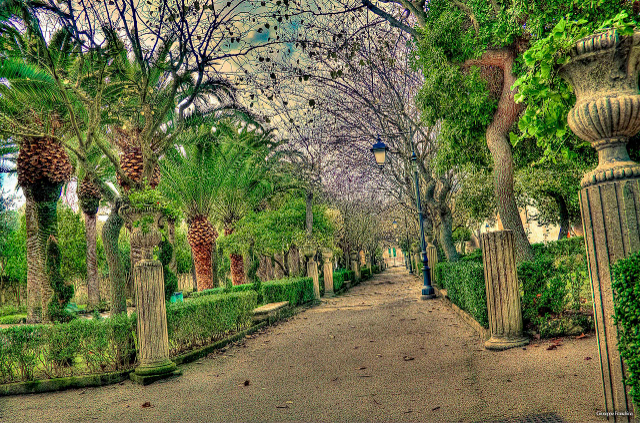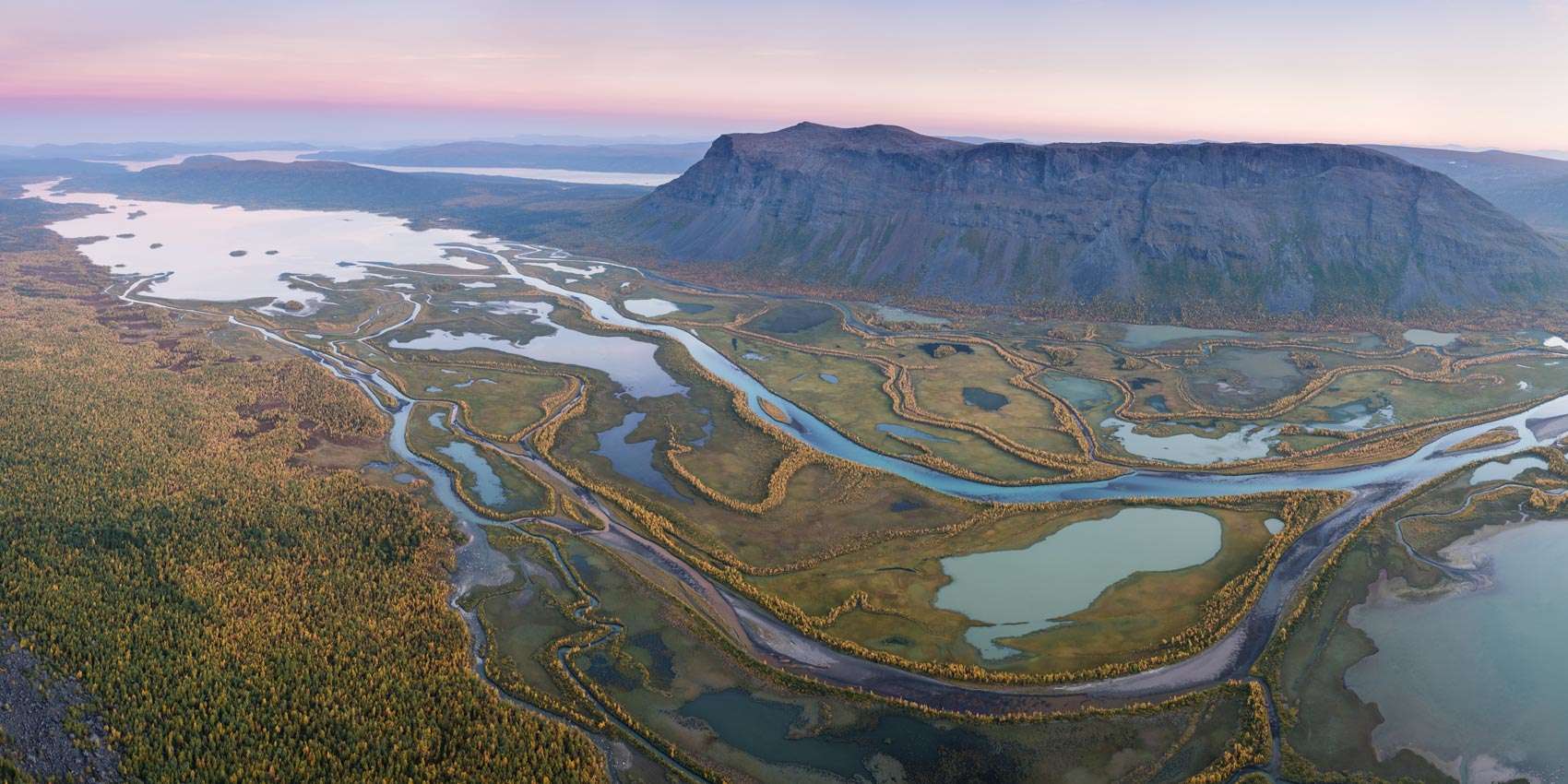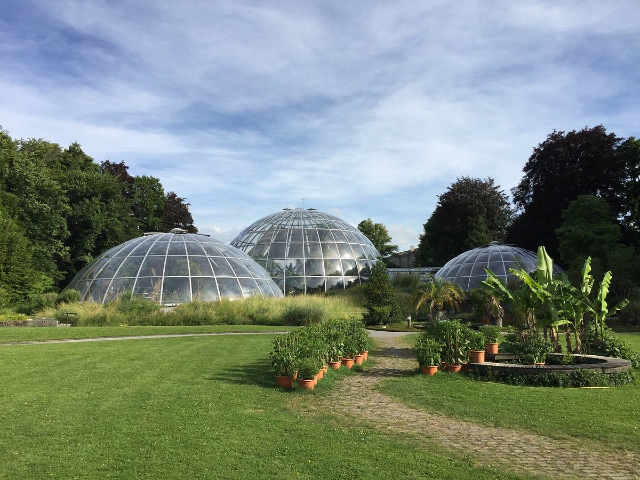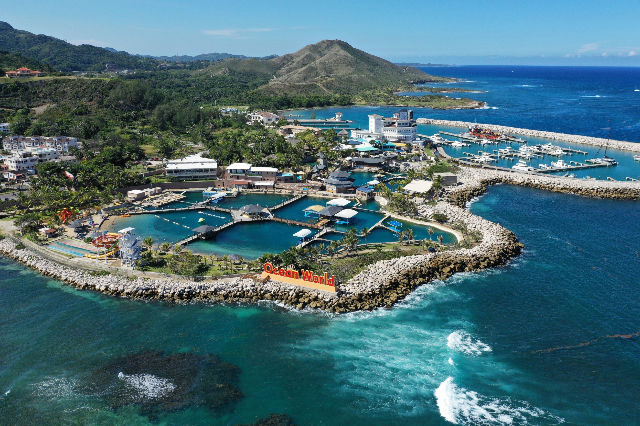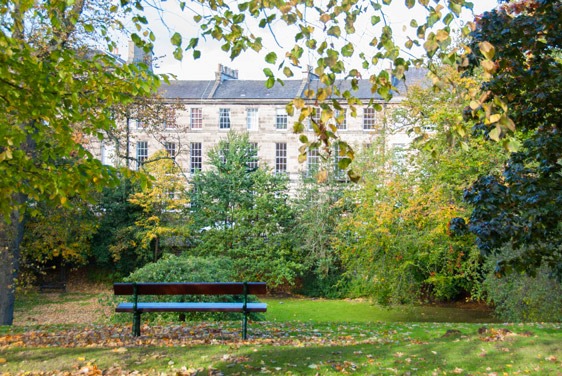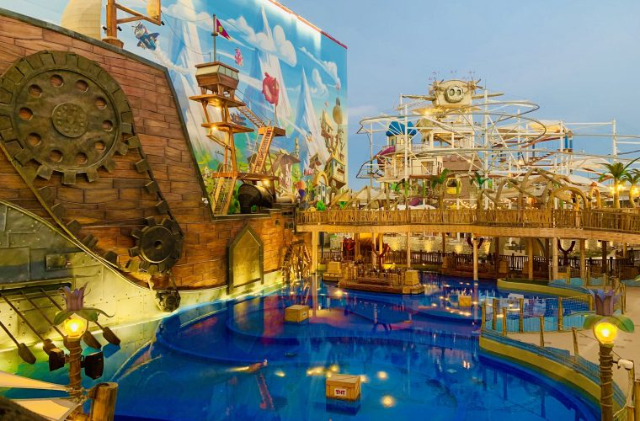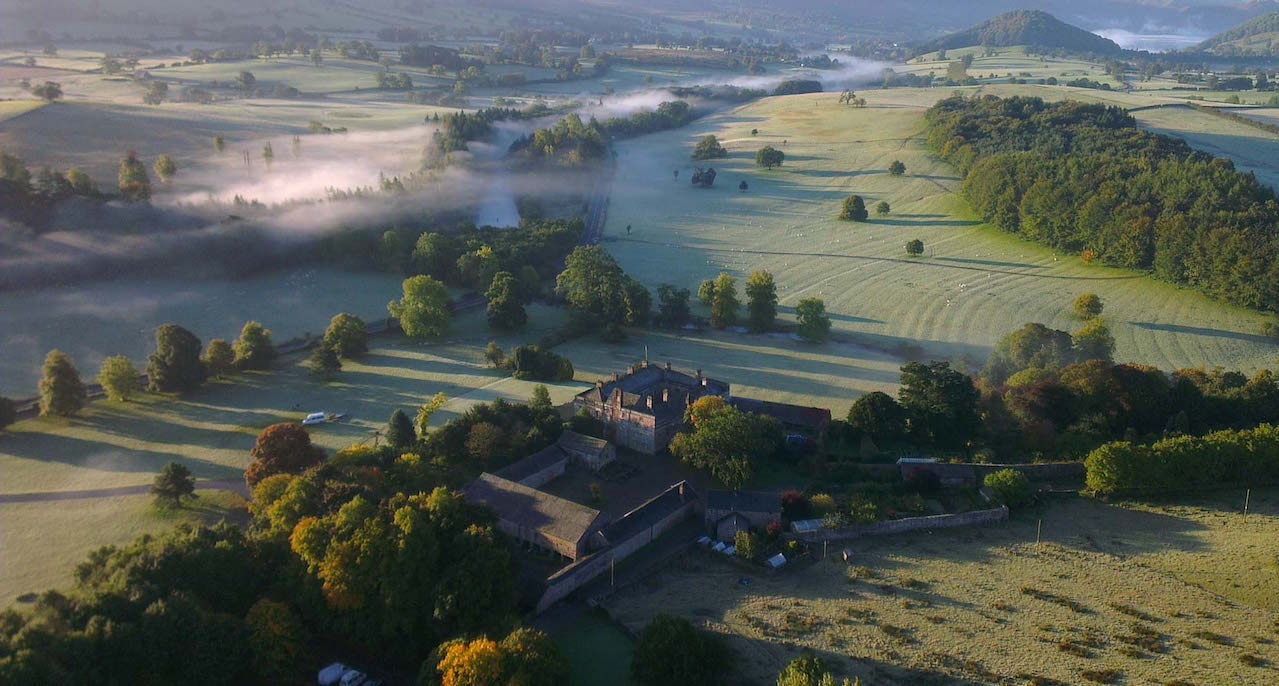The Hyblaean Garden, located in the upper part of Ragusa Ibla, has a history dating back several centuries. Its strategic position on the hill made it a natural defensive site during the medieval period.During the 1693 earthquake, which devastated much of eastern Sicily, Ragusa was severely affected and many of its structures were destroyed. After the earthquake, Ragusa Ibla was rebuilt in its original location and the Hyblaean Garden was created as part of the urban redevelopment process.The garden takes its name from the geographical region in which it is located, Iblean Sicily, which is characterized by hilly topography and lush vegetation. Its original purpose was to provide a public green space for the residents of Ragusa Ibla where they could stroll, relax, and enjoy the surrounding natural beauty.Over the centuries, the Hyblaean Garden has undergone various modifications and updates. During the 19th century, new tree-lined avenues were built and statues and monuments were added to enrich the aesthetic appearance of the garden. Over time, the Hyblaean Garden has become a symbol of the city and a place loved by its residents and visitors.Today, the Hyblaean Garden continues to be an oasis of peace and beauty in Ragusa. In addition to its aesthetic function, the garden offers spectacular panoramic views of the city below and the surrounding landscape. It is a popular place for residents and tourists who wish to immerse themselves in tranquility and nature while visiting the beautiful city of Ragusa.
